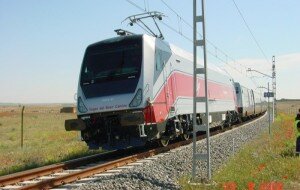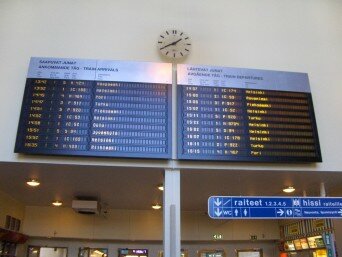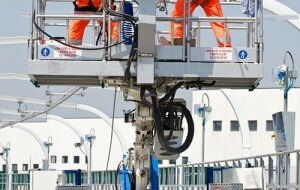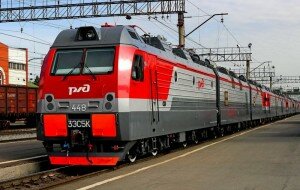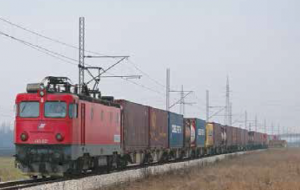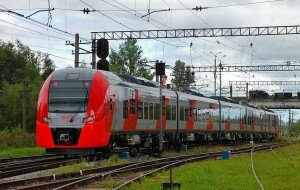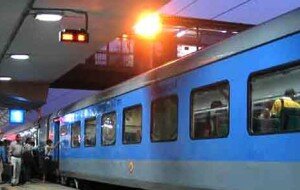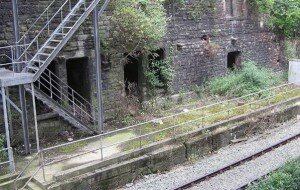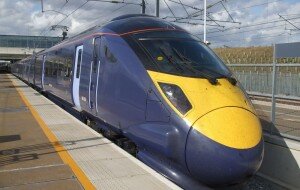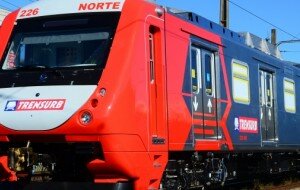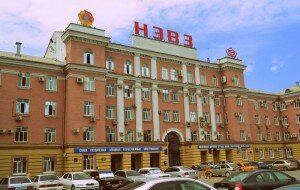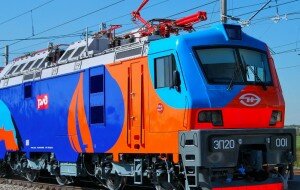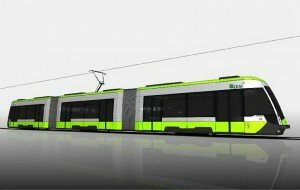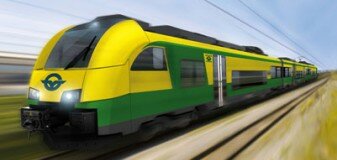 Vision of Copenhagen Light Rail Ring System. (Media Photo: Ramboll)
Vision of Copenhagen Light Rail Ring System. (Media Photo: Ramboll)
New light rail link planned for Copenhagen
Published: Wed, 2015-04-01 16:12When the scheduled light rail link along Ring 3 between Lundtofte and Ishøj in the greater Copenhagen area is ready in 2020/21, it will not just provide better options for commuters. The light rail will also be a powerful enabler for urban growth in the cities around Copenhagen that it passes through.
The light rail link along Ring 3 west of Copenhagen has been designated as the solution to new urban challenge. It will run across Copenhagen, thus linking the various S-train lines that constitute the five main traffic flows.
Transporting more than 1 million passengers each month, the light rail will create a platform for residential and commercial development in the cities it passes through.
Every time one of the projected 43,000 daily passengers boards one of the 27 light rail trains, the environment in the greater Copenhagen area is expected to become better.
Some facts:
- It will be constructed from 2016 and will open in 2020/21
- It will run along Ring 3 from Ishøj (south) to Lundtofte (north)
- Traffic forecasts indicate that it will have more than 1 million passengers per month
- It will stop at 6 S-train stations, 1 intercity rail station, the Technical University of Denmark, and two hospitals
- Total construction costs amount to 4.4bn DKK
- Ramboll in joint venture with Arup handle consultancy on the transport system with Designit and Mott MacDonald as subcontractors.
27 is the light rail's magic number
- The total length of the light rail is 27 kilometres
- 27 stations will be constructed between Lundtofte and Ishøj
- There will be 27 light rail trains in service on the link
- The light rail will replace bus 300S which is currently in service on this stretch. Offering shorter travel times and better comfort than the bus, it will be a good option for the thousands of daily commuters between the S-train lines when it is finished in 2020/21, says Ramboll's Senior Director Peter Aarkrog who is project manager for the consultancy group covering the light rail's transport system.
Source: Ramboll

Av Markku Björkman
Related News
Relevant Content






